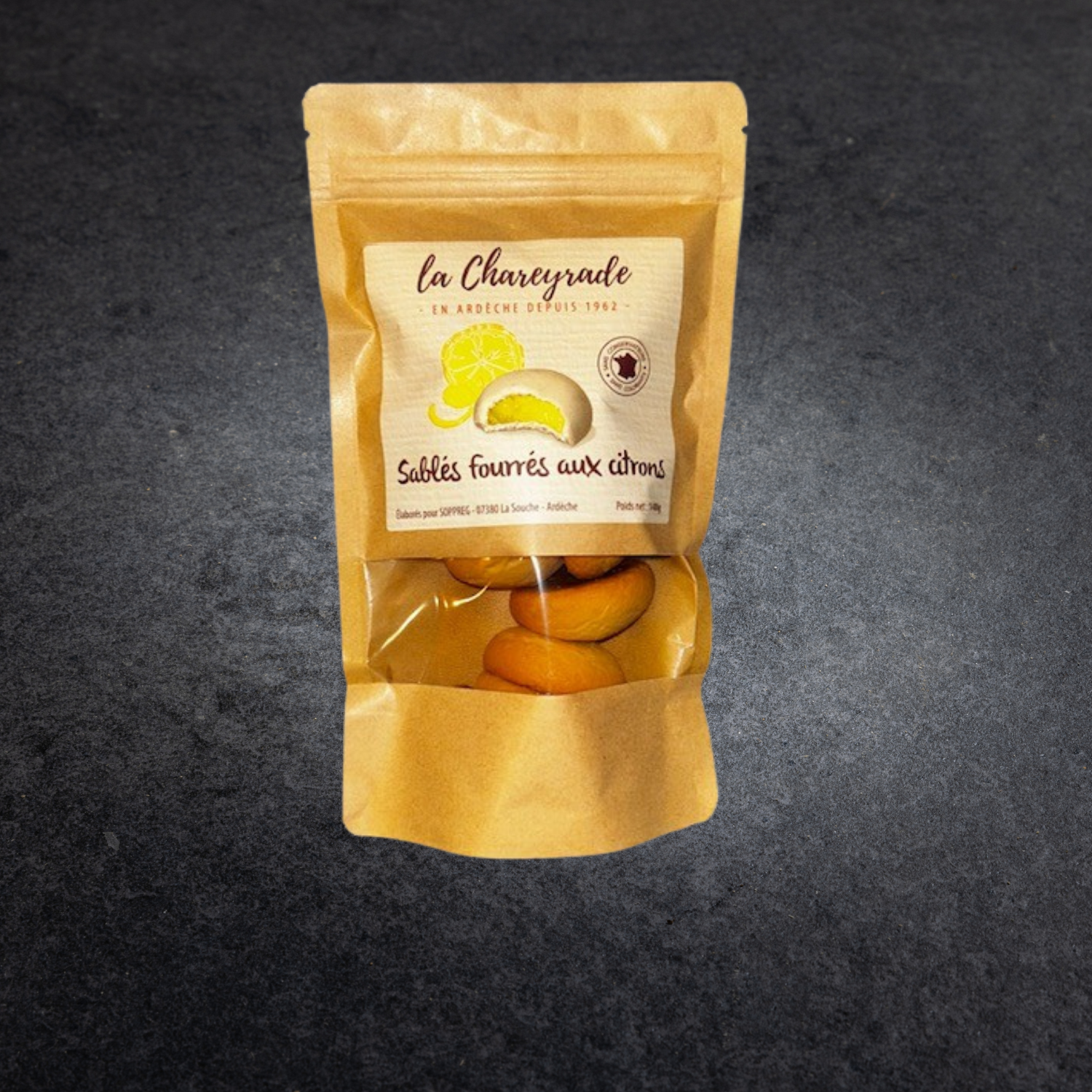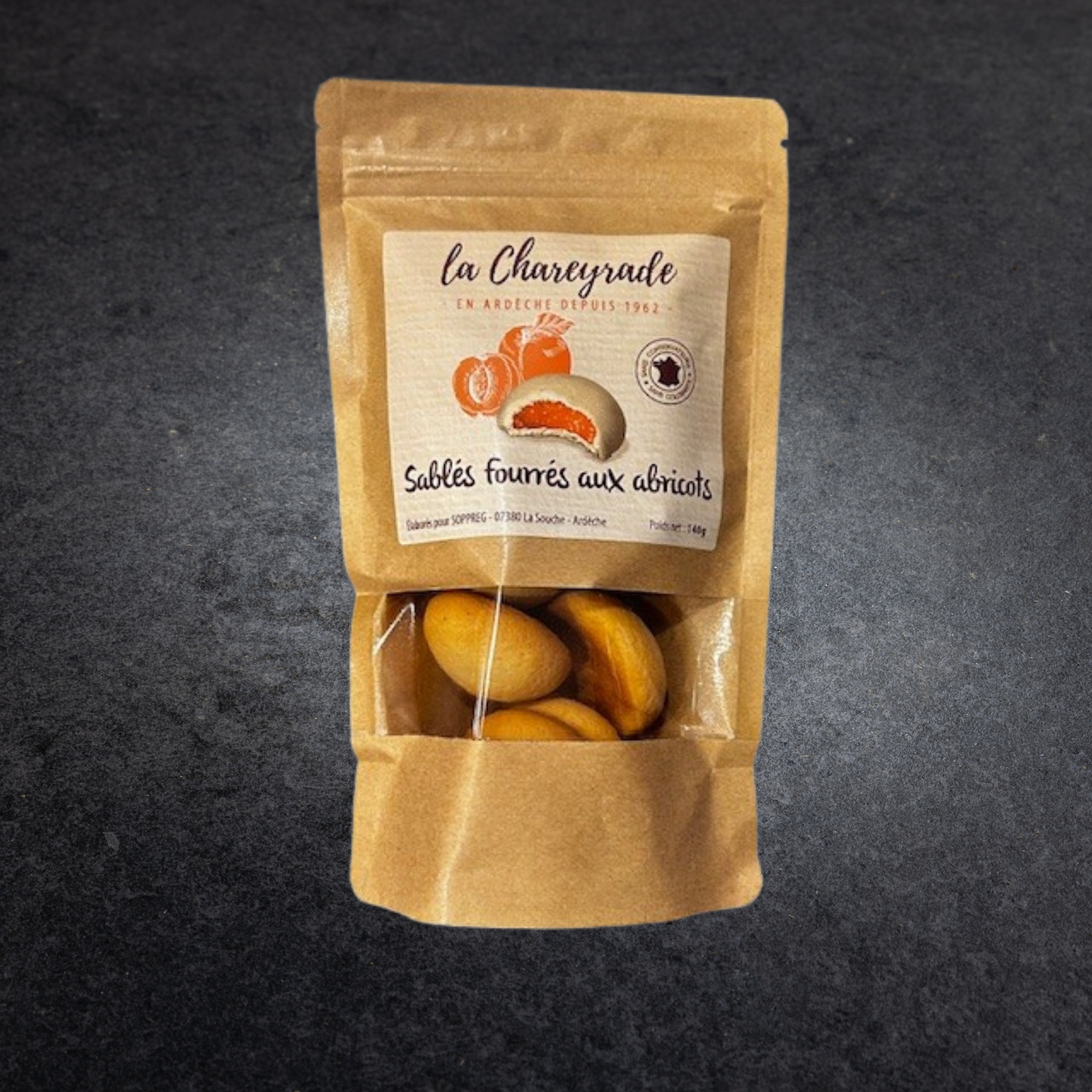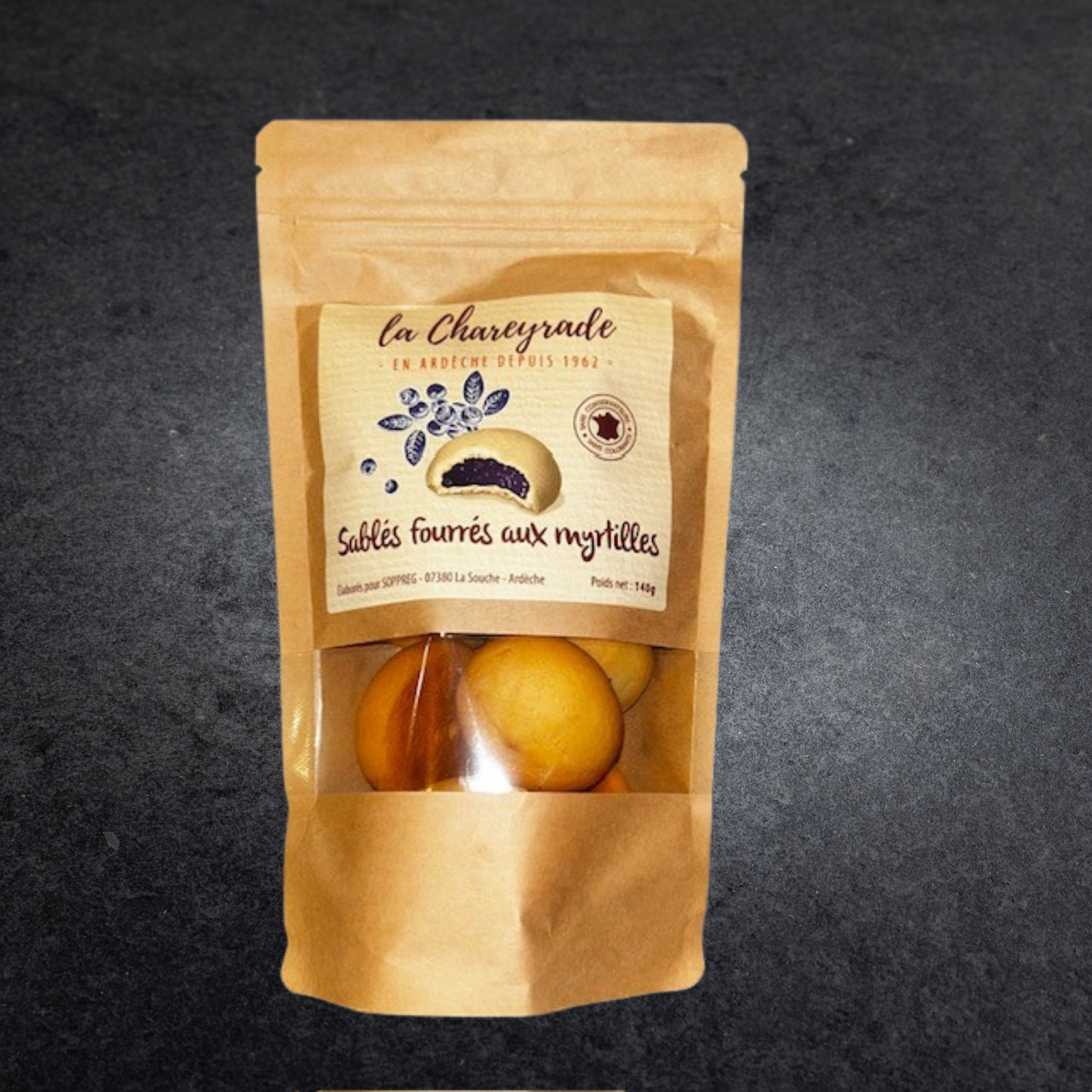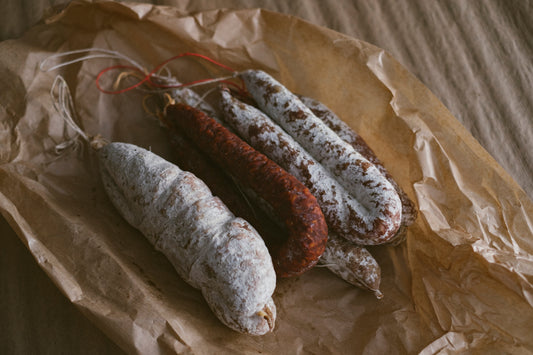When it comes to meat or poultry, pâté and artisanal terrine mean exactly the same thing. The main difference lies in their traditional cooking method, which is no longer really relevant. But if you dig a little deeper, you will find other points that distinguish them. We will peel back the history of these dishes, dissect current practices and simmer the available information to finally understand the true nature, differences and similarities between these two French gastronomic specialties.
Main difference: pâté as in "dough" and terrine as in "earth"
The first difference between pâté and terrine lies in their names . These names come from the way each dish was prepared. Pâté was originally cooked in a dough that was not always edible, while terrine was prepared in a hollow terracotta container.
The first written trace of a pâté recipe dates back to the 14th century. A certain Mr. Gace de La Bigne, a Norman poet, wrote a recipe in verse with three partridges, six quails and twelve larks to make a pâté. A particularly delicious variation, it goes without saying! At the time, journeys were long and frequent and the crust was mainly used to transport the stuffing . Made of wheat flour and chestnuts, it therefore protected the meat that constituted the real meal. Today, we also eat the shortcrust and puff pastry of pâtés en croûte. This has become a real part of the dish by giving it a slightly sweet crunch that marries perfectly with the soft meat of the stuffing.
The terrine, for its part, has no casing . The ingredients are cooked directly in a hollow terracotta dish, called a terrine, which has given its name to the dish prepared in it. The terracotta container prevents the meat from drying out while ensuring uniform cooking. Today, terrines are no longer made of terracotta, they can be made of glass or ceramic. Terrines can even be prepared in a cake mold.

In short, pâtés no longer necessarily have a pastry crust and terrines are no longer made of earth, but the difference in name between terrine and pâté has remained .
Regarding cooking, the method is almost the same. Pâté and terrine are cooked slowly in the oven. However, it is possible to cook the terrine in a bain-marie, it is also common to find a terrine recipe with this cooking method these days.
Pâté and terrine: what is the difference in ingredients and preparation?
Meat pâté and terrine use roughly the same ingredients: meat, offal, vegetables, various spices for seasoning, etc.
All meats and game lend themselves well to these preparations: rabbit terrine , duck terrine, pork terrine or even wild boar terrine ... But also the famous country terrine and the foie gras terrine which is very popular as an aperitif.
At the same time, you have country pâté , rabbit pâté and duck pâté, as well as liver pâté. In these different preparations, we find almost the same components.
To make a pâté or terrine, you must start by mincing the meat or cutting it into strips. Then, depending on the recipe, you add small pieces of vegetables such as mushrooms (morels, porcini mushrooms, truffles, etc.), shallots or parsley. They flavor the dish and give it a particular texture. Then come the spices, ranging from green pepper to Espelette pepper to allspice, according to each person's taste. It is also possible to add various herbs such as thyme or tarragon or more spicy condiments such as mustard. And to bind it all together, a little cream and an egg beaten into an omelette. Fans can add cognac or a little Armagnac to add flavor. The terrine or pâté is then cooked in a hot oven.
Almost everywhere in France, the base remains the same with meats (beef, pork, venison, etc.), poultry (turkey, duck), offal such as pork throat, condiments and cream to bind it all together. You can also prepare terrines or pâtés based on fish such as salmon or tuna. Pâté and terrine are also excellent ways to use up leftover meat.
On the other hand, each region has its own local recipes, enhanced with local products such as cheeses and fruits. For example, you have the seasonal terrine with picodon, made with this emblematic goat's cheese from Ardèche.
By using this formula: base + spices + binding sauce , we end up with the current terrines. The preparation is now available in many varieties. We often prepare vegetable terrines, composed exclusively of vegetable ingredients: carrots, zucchini, peppers, etc. Unlike the original recipe where it must be cooked in a bain-marie in the oven, the vegetable terrine is prepared in the refrigerator. The pieces of vegetables are already cooked separately beforehand. Everything is then bound together using cream and gelatin, then left to rest in the refrigerator to take shape.
Thus, the existence of vegetable terrines and the way to prepare them also constitute a major difference between pâté and terrine . There is no vegetable pâté and the pâté is cooked uniformly with all the ingredients inside. Finally, the way to prepare the terrine in the refrigerator induces another difference: if the pâté is readily eaten warm or cold, the terrine is eaten cold.
Summary: What is the difference between pâté and terrine?
To conclude, let's go back to the essentials:
- The pâté was originally cooked in a crust while the terrine was cooked in a terrine (hollow earthenware mold);
- Pâté and terrine are now prepared using local meats, offal and vegetables, but only terrine can be exclusively vegetarian;
- The pâté can be eaten warm or cold, but the terrine is only served cold.
Apart from these details, pâté and terrine are exactly the same when it comes to meat, poultry and game . Duck pâté and duck terrine are the same thing. Just like rillettes, they are used to spread on a good bread or toast for an aperitif, adding pickles, olives or figs. You can also serve the terrine with a foie gras mousse and a good red wine.
Moreover, terrine and pâté are a great way to slip into picnic baskets. They go well with all sorts of accompaniments, but are also great served with green salad for a refreshing summer meal. Finally, it is also possible to serve terrine or pâté with a vegetable terrine… this allows you to appreciate in detail the difference between these two preparations!
If you are looking for French artisanal terrines or pâtés, welcome to La Boutique des Saucissons, the place where authenticity and culinary passion meet to create unforgettable artisanal delights!
Let yourself be tempted by our selection of artisanal terrines:
Rabbit Terrine:
Made with tender rabbit meat and aromatic herbs, this rabbit terrine offers a perfect harmony between sweetness and character. Ideal for lovers of slightly gamey meat, it goes wonderfully with a crusty baguette and a glass of red wine.
Forest Terrine with Chestnut:
Savor the fall season with our chestnut pâté . This exquisite creation combines the sweetness of chestnuts with the richness of a creamy pâté. The subtle aromas of chestnuts intertwine with the flavor of meat to create a unique taste balance. Perfect as an aperitif or starter!











